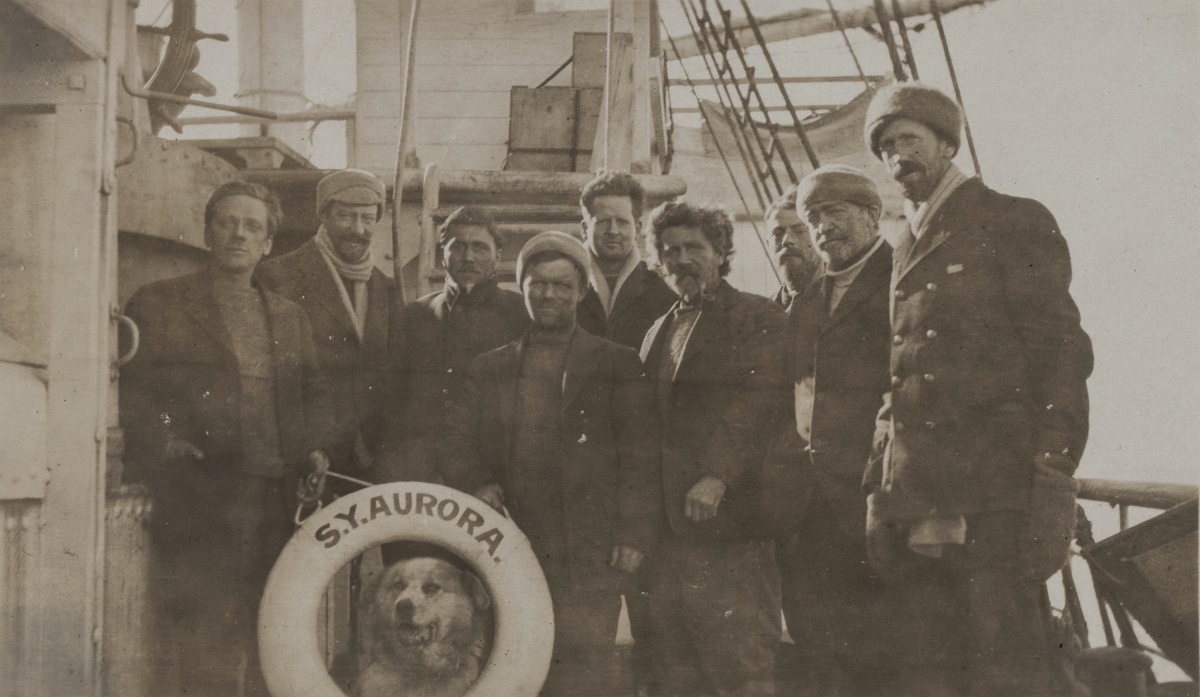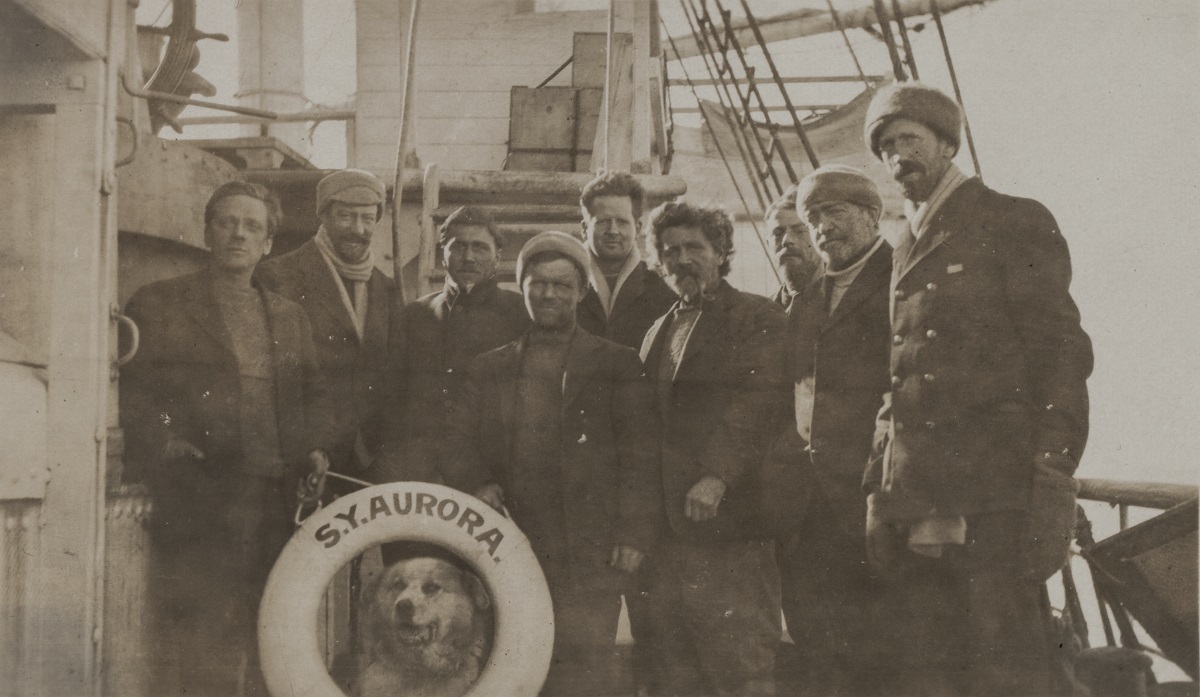Canterbury Museum has loaned objects from its Antarctic collection - including a set of hand-carved chess pieces used by stranded explorers - to a museum in South Korea.

The chess pieces were used by members of the Ross Sea Party of Ernest Shackleton's Imperial Trans-Antarctic Expedition (1914–1917), who spent nearly 2 years stranded on the ice after their ship, the Aurora, was torn from its moorings by pack ice.
Around half of the Ross Sea Party was still on board, but they were unable to sail back to their companions because the ship was locked in drifting ice. When the ice released the ship 10 months and 3,000 kilometres later, it limped to New Zealand for urgent repairs.
The 10 remaining members Ross Sea Party laid supply depots for Shackleton's attempted crossing of Antarctica. However, their depots were never used; on the other side of the continent, Shackleton's own ship, the Endurance, was crushed by pack ice, leading his group to abandon the crossing and instead focus on their own survival.
The late Baden Norris, Canterbury Museum Emeritus Curator, recovered the 10 wooden chess pieces from Antarctica.
They form part of an exhibition on Antarctic history at the Korean National Maritime Museum in Busan, South Korea.
Other objects in the loan include a prismatic compass donated to the Museum by the Ross Sea Party's physicist, Richard W Richards. Richards was given the compass by Shackleton himself, and used it while laying the depots in Antarctica.
The loan also includes objects from Robert Falcon Scott's Discovery and Terra Nova expeditions, and a bottle of Eau de Cologne likely from the first major expedition to Antarctica, the British Antarctic Expedition (1898–1900) led by Carsten Borchgrevink.

Canterbury Museum's Registration team packed the objects securely in foam inside boxes to keep them safe on their journey to South Korea.
The National Maritime Museum's exhibition, on until March 2019, also features Still Life, an audio-visual immersive experience developed by the Antarctic Heritage Trust, photographer Jane Ussher and Christchurch City Council.
Canterbury Museum is home to one of the world’s most significant collections of historic Antarctic objects. We care for over 11,000 objects with a connection to Antarctica, including sledges, clothing, diaries, machines, medals, cooking equipment and even preserved food, as well as manuscripts and natural history items like fossils. The most notable objects are on display in our Antarctic Gallery on Level 3.





